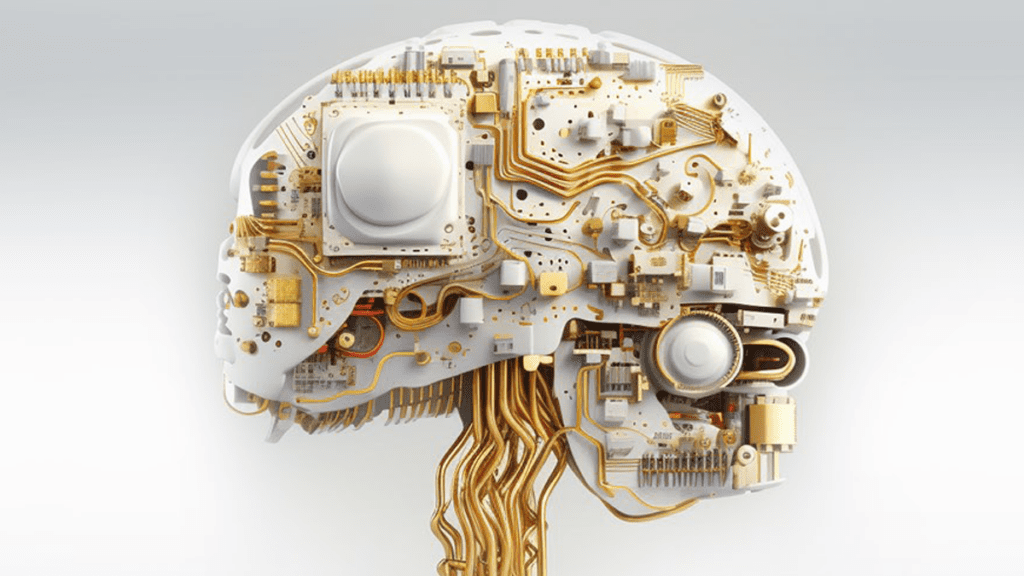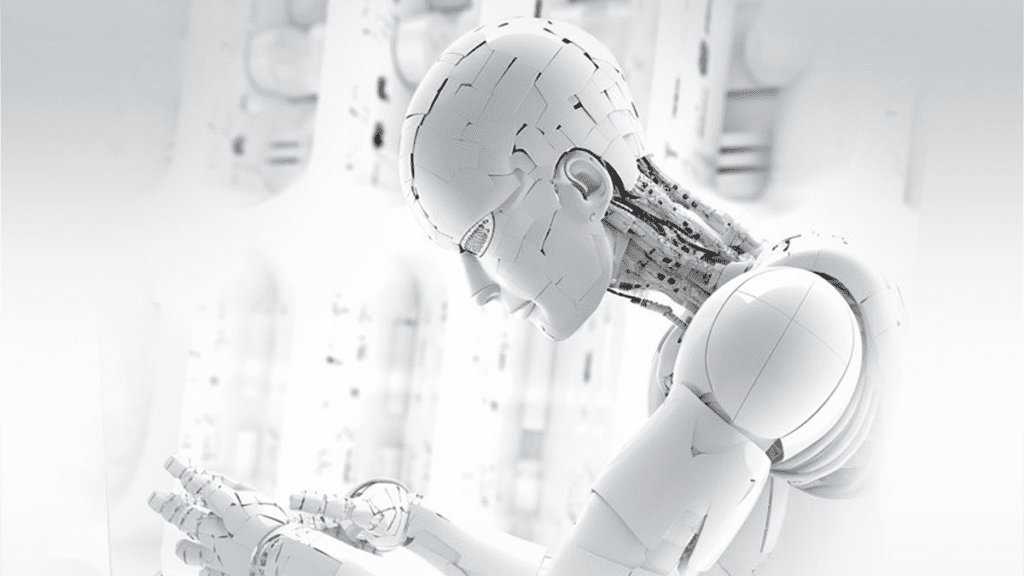Introduction
Innovation Economy is more than just a buzzword; it’s the lifeblood of our current age. A shift from traditional economic models, the innovation economy is characterized by the rapid implementation of new ideas, technologies, and ways of doing business.
In this four-part series, we will dive deep into the innovation economy, beginning with understanding what the term means, the driving forces behind it, and how it affects both businesses and individuals.


1. Defining the Innovation Economy
The innovation economy is an economic landscape where knowledge, creativity, and entrepreneurship are central to growth and prosperity. It is characterized by a rapid rate of technological and social innovation, evolving business practices, and a changing labor market that increasingly values intellectual capital.
This paradigm shift from a traditional industrial economy to an innovation-driven economy signifies a move away from the primacy of physical assets (like factories and natural resources) and toward the supremacy of intellectual assets, like ideas, knowledge, and creativity.
2. The Driving Forces Behind the Innovation Economy
2.1. Technological Innovation
Technological advancements, particularly in the fields of digital technology and artificial intelligence, are a significant driving force of the innovation economy. They have created new ways to work, communicate, and do business. The explosive growth of the Internet, social media, and mobile technology has also transformed consumer behavior, created new industries, and revolutionized old ones.
2.2. Globalization
Globalization has opened markets and created a more interconnected world. This increased connectivity allows for the rapid spread of ideas and technologies, fostering more innovation and competition.
2.3. Knowledge and Education
In the innovation economy, knowledge is a critical asset. The role of education, therefore, has become even more important, cultivating the skills and knowledge necessary to thrive in this rapidly changing landscape.
2.4. Entrepreneurship
Entrepreneurship plays a vital role in the innovation economy. Entrepreneurs drive change and innovation, create jobs, and stimulate economic growth. The current startup culture, backed by venture capital, is a testament to this trend.


3. The Impact on Business and Industry
The innovation economy has profound effects on businesses and industries. It has led to the rise of new industries such as FinTech, EdTech, and HealthTech, while simultaneously disrupting traditional sectors.
3.1. Business Model Innovation
Innovation is not only about products and technologies; it’s also about how businesses operate. New business models have emerged, challenging traditional ways of doing business. Examples include the sharing economy, as exemplified by companies like Uber and Airbnb, and subscription models popularized by companies like Netflix.
3.2. Workforce Transformation
The labor market is also changing in the innovation economy. There’s an increased demand for workers with specialized skills in areas like data analysis, artificial intelligence, and digital marketing. On the other hand, automation and artificial intelligence threaten traditional jobs, creating a need for upskilling and reskilling.
In conclusion, the innovation economy represents a seismic shift in our economic landscape. It is driven by technological advancements, globalization, knowledge, and entrepreneurship, and it has significant implications for businesses and individuals. As we move forward in this series, we’ll further explore the challenges and opportunities presented by the innovation economy, including strategies for thriving in this new landscape.
Stay tuned for Part 2, where we’ll delve into the role of policy and government in fostering an innovation economy.
4. The Role of Policy and Government in the Innovation Economy
Governments and policy play a crucial role in nurturing and regulating the innovation economy. Through strategic policy-making, governments can foster a supportive environment for innovation, entrepreneurship, and technology adoption.
4.1. Innovation Policy
Innovation policy refers to a set of public actions that aim to support technological and social innovation. This can include direct funding for research and development (R&D), tax incentives for innovative companies, and supportive regulations for startups and tech industries. It also involves creating a robust intellectual property system to protect new ideas and technologies.
4.2. Education Policy
To thrive in the innovation economy, an educated workforce equipped with the right skills is crucial. Therefore, education policies that promote STEM (science, technology, engineering, mathematics) education, digital literacy, and lifelong learning play a pivotal role in building a robust innovation economy.
4.3. Digital Policy
In the digital age, policies related to the internet, data privacy, and cybersecurity are more critical than ever. Governments need to ensure a secure digital environment while preserving openness and promoting digital inclusion.
4.4. Entrepreneurial Policy
Entrepreneurial policy involves creating an environment conducive to startups and entrepreneurship. This can involve providing access to venture capital, easing business registration processes, and implementing bankruptcy laws that do not unduly penalize failure.


5. Key Components of a Thriving Innovation Economy
While there’s no one-size-fits-all approach to building an innovation economy, certain common factors can foster a healthy environment for innovation and entrepreneurship.
5.1. Access to Capital
For startups and innovative enterprises to thrive, they need access to capital. A healthy venture capital and angel investment scene is often indicative of a thriving innovation economy.
5.2. Talent
Attracting and retaining top talent is essential for an innovation economy. This involves not only having a well-educated local workforce but also open immigration policies that attract global talent.
5.3. Collaboration
Innovation thrives on the exchange of ideas. Collaboration between businesses, universities, research institutions, and government is key to driving innovation.
5.4. Infrastructure
Proper infrastructure, both physical and digital, is foundational. This includes everything from good transport networks and office spaces to high-speed internet and a robust digital payment system.
5.5. Culture of Innovation
Finally, a culture that celebrates innovation, tolerates failure, and encourages risk-taking is crucial in an innovation economy.
In conclusion, creating a robust innovation economy involves concerted efforts from various stakeholders, including government, educators, businesses, and individuals. It requires supportive policies, access to capital, a skilled workforce, collaborative networks, solid infrastructure, and a culture that values innovation.
In the next part of this series, we will delve into how individuals can prepare for and thrive in the innovation economy. Stay tuned for Part 3!


6. Navigating the Innovation Economy: A Guide for Individuals
As we’ve explored, the innovation economy presents both opportunities and challenges. For individuals looking to succeed in this landscape, a proactive approach is vital. Here are some strategies:
6.1. Lifelong Learning
The speed of technological change in the innovation economy means that the skills required in the workforce are continually evolving. Embrace the concept of lifelong learning. Make use of online platforms, like MOOCs (Massive Open Online Courses), to acquire new skills and stay updated.
6.2. Embrace Technology
Technological literacy is crucial in the innovation economy. Stay updated on the latest digital tools and technologies relevant to your field. In addition, develop a basic understanding of key trends, such as artificial intelligence, blockchain, and data science.
6.3. Develop Soft Skills
While technical skills are essential, so are soft skills. Abilities such as creativity, critical thinking, communication, and adaptability are increasingly valued in the innovation economy. Cultivate these skills through practice, mentoring, and feedback.
6.4. Networking
Networking is a powerful tool in the innovation economy. Building a robust professional network can open doors to opportunities, partnerships, and learning. Attend industry events, join professional associations, and leverage social media platforms like LinkedIn to connect with others in your field.
6.5. Entrepreneurial Mindset
Even if you’re not planning to start your own business, developing an entrepreneurial mindset — one that’s innovative, flexible, and risk-tolerant — can be beneficial. This can help you spot opportunities, adapt to change, and drive innovation within your sphere of influence.
7. The Social Impact of the Innovation Economy
The innovation economy isn’t just about business and technology; it also has significant societal implications.
7.1. Job Creation and Economic Growth
Innovation drives economic growth by creating new industries and jobs. Startups, tech firms, and innovative SMEs (Small and Medium Enterprises) often lead job creation in the innovation economy.
7.2. Addressing Global Challenges
Innovative technologies can help address pressing global challenges, from climate change to healthcare accessibility. For instance, clean tech innovations are central to the transition to a sustainable economy.
7.3. Inequality
However, the benefits of the innovation economy aren’t evenly distributed, and it can exacerbate inequalities. Those with the necessary skills and access to technology reap the most benefits, while others risk being left behind. Addressing this digital divide is a critical challenge for policy-makers.
In conclusion, the innovation economy offers exciting opportunities for individuals ready to adapt and learn. At the same time, it carries the potential to create significant social impact, both positive and negative. In the final part of this series, we will explore case studies of successful innovation economies around the world. Stay tuned for Part 4!


8. Case Studies of Innovation Economies
Around the globe, certain regions and nations have emerged as powerhouses of the innovation economy. By examining their journeys, we can extract valuable insights.
8.1. Silicon Valley, USA
Silicon Valley stands as the poster child of the innovation economy. What began as a hub for semiconductor manufacturing has transformed into a center for digital technology and entrepreneurship. Factors contributing to Silicon Valley’s success include world-class universities like Stanford and UC Berkeley, access to venture capital, an open culture that embraces failure, and supportive immigration policies that attract global talent.
8.2. Israel
Known as the “Start-Up Nation”, Israel has one of the highest concentrations of startups per capita globally. Its innovation economy can be attributed to several factors: robust government support for R&D, a strong emphasis on STEM education, mandatory military service that cultivates problem-solving skills and resilience, and a tight-knit network of entrepreneurs.
8.3. Singapore
Singapore represents a successful innovation economy within Asia. Strategic government policies have attracted multinational corporations, nurtured local enterprises, and built a talented workforce. Singapore’s success also highlights the importance of physical infrastructure, from excellent connectivity and logistics to a reliable legal and financial system.
8.4. Estonia
Estonia, a small Baltic nation, has emerged as a leader in digital innovation. Through initiatives like e-Residency, e-Government, and digital education, Estonia demonstrates how digital policy can drive the innovation economy.
9. Looking to the Future
As we move further into the 21st century, the innovation economy continues to evolve. Here are a few trends to watch:
9.1. The Rise of Remote Work
The COVID-19 pandemic has accelerated the trend of remote work, which may have profound implications for the innovation economy. This shift could democratize access to opportunities, foster diversity, and reshape cities and real estate markets.
9.2. Green Innovation
As the world grapples with climate change, green innovation will become increasingly critical. Clean technologies, sustainable business practices, and circular economy models will likely be at the forefront of the innovation economy.
9.3. AI and Automation
Artificial intelligence (AI) and automation continue to advance, promising to revolutionize various sectors, from manufacturing to healthcare. However, they also present challenges, including job displacement and ethical concerns.
9.4. Regulating Big Tech
As tech companies grow more powerful, calls for regulation are increasing. How governments manage this will impact the innovation economy, affecting issues like competition, data privacy, and digital inequality.
In conclusion, the innovation economy is a complex and dynamic system, shaped by a myriad of factors and constantly evolving. It offers immense opportunities but also poses significant challenges. Understanding its dynamics can help us navigate this landscape and harness its potential for individual and societal progress.



